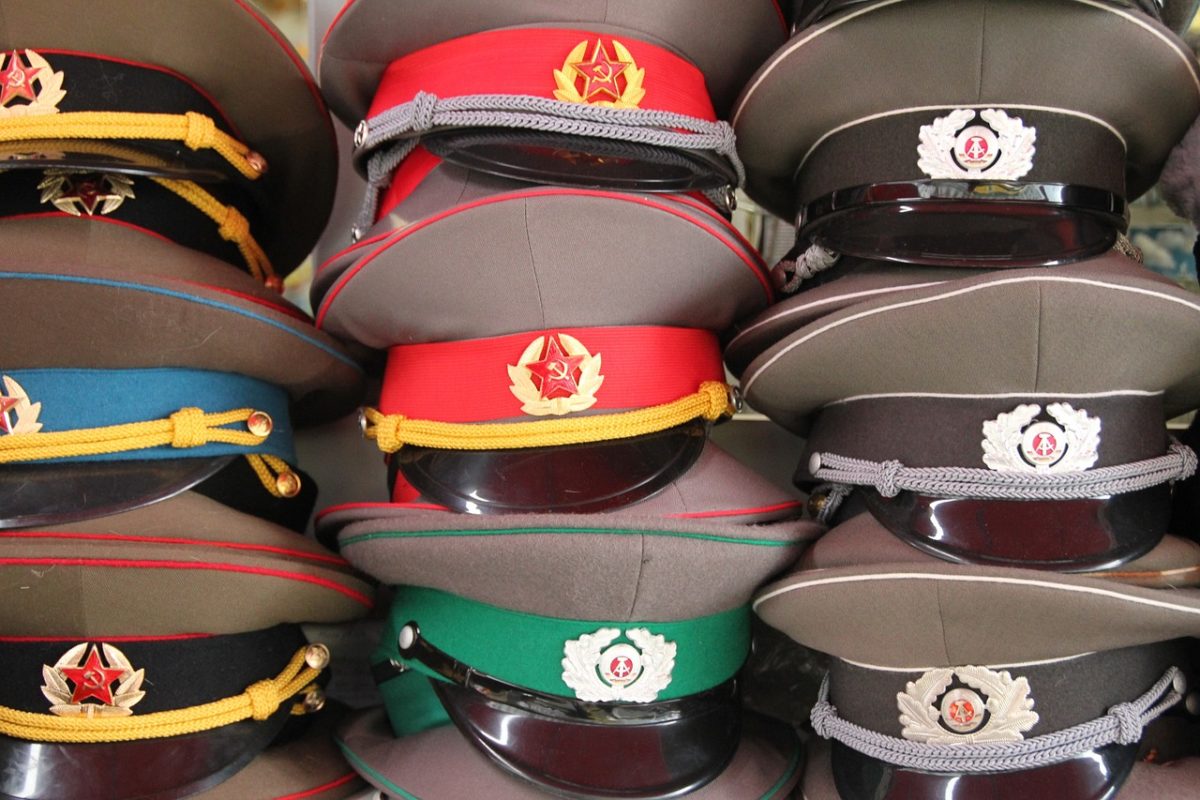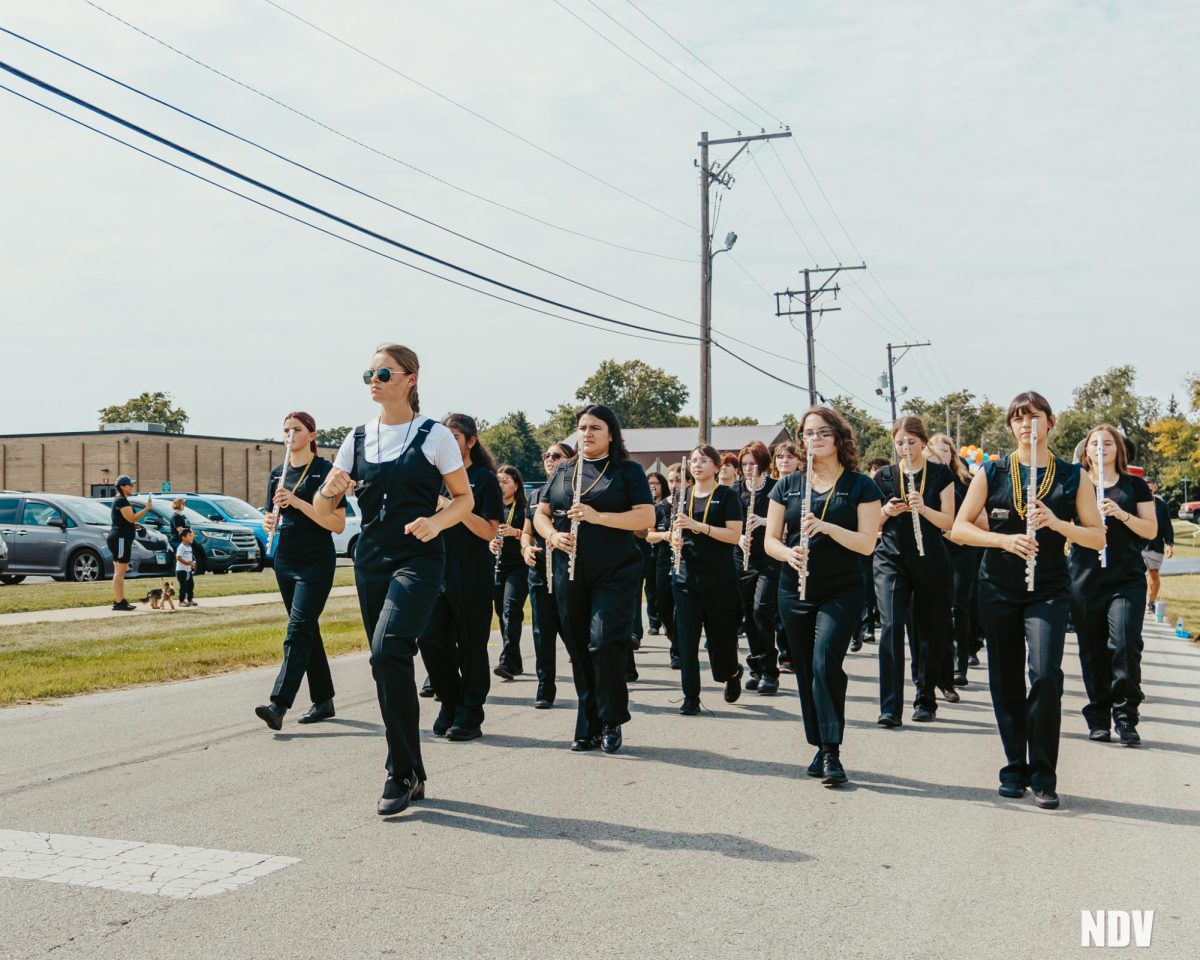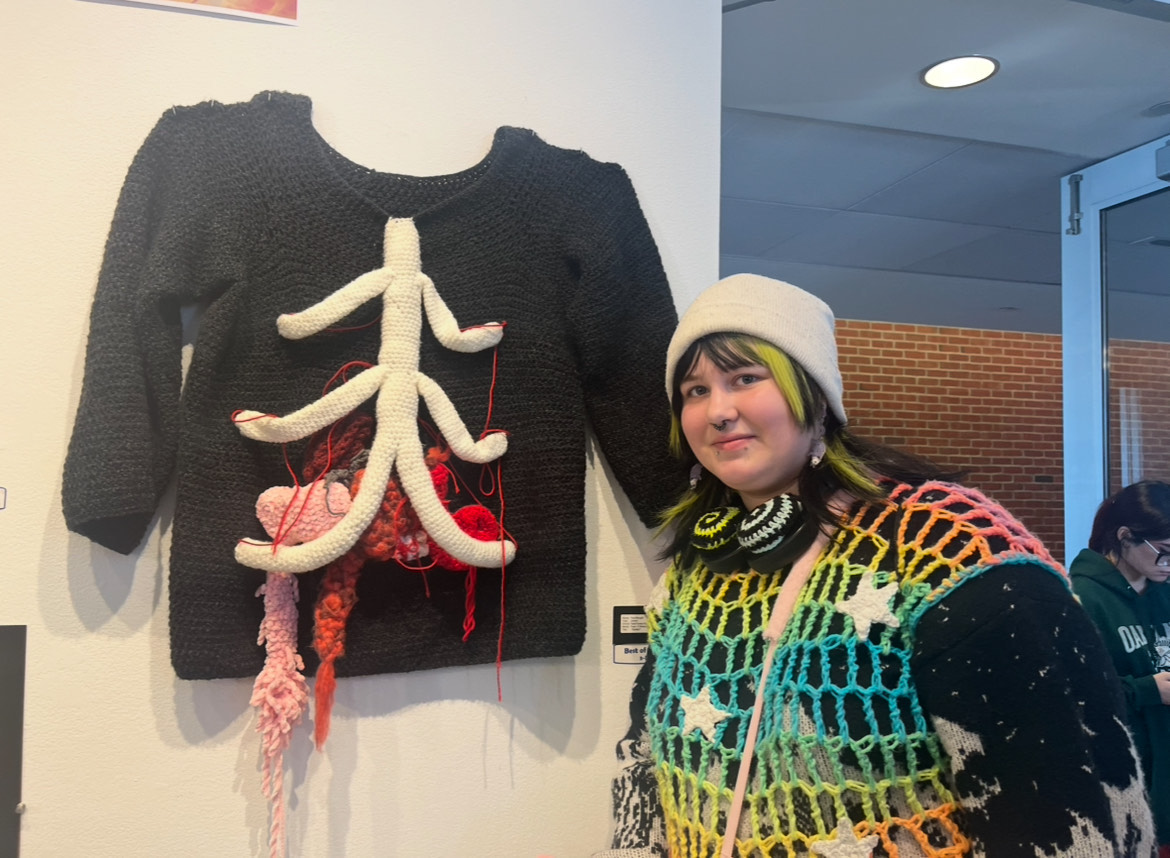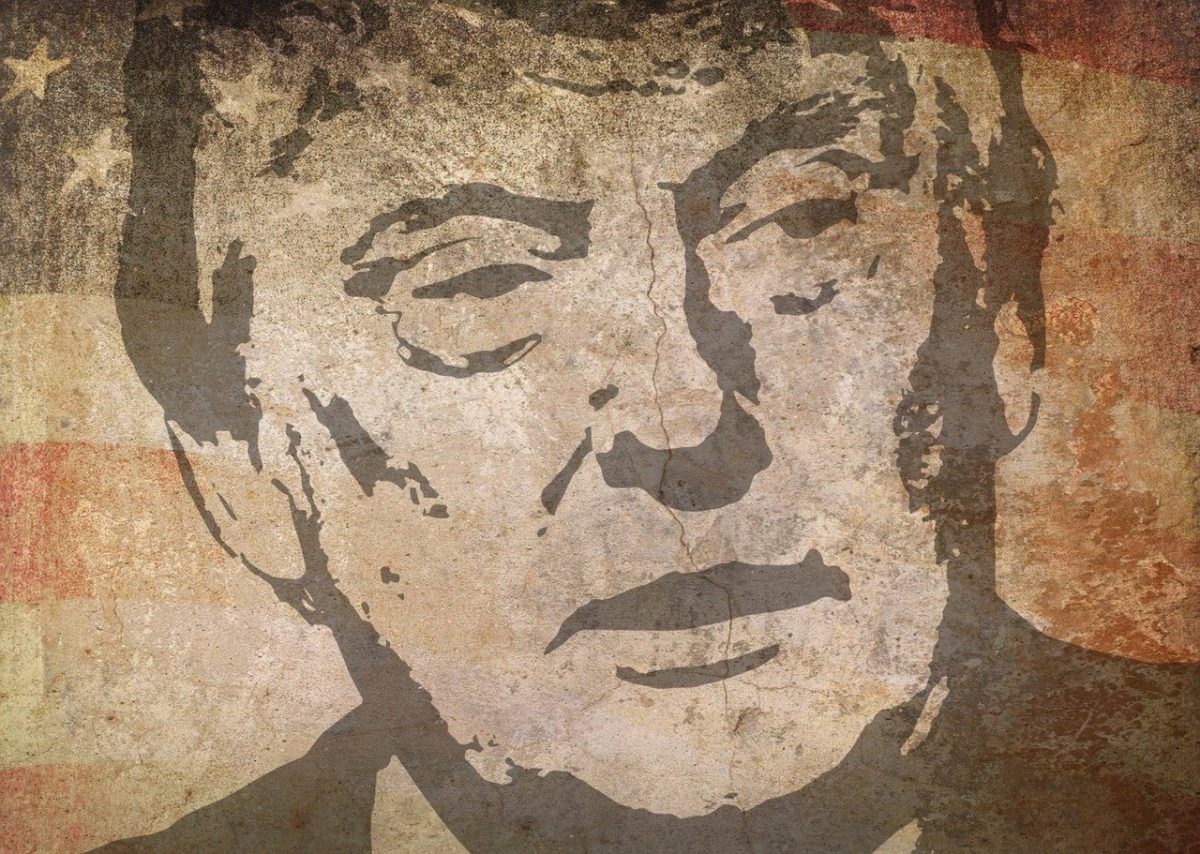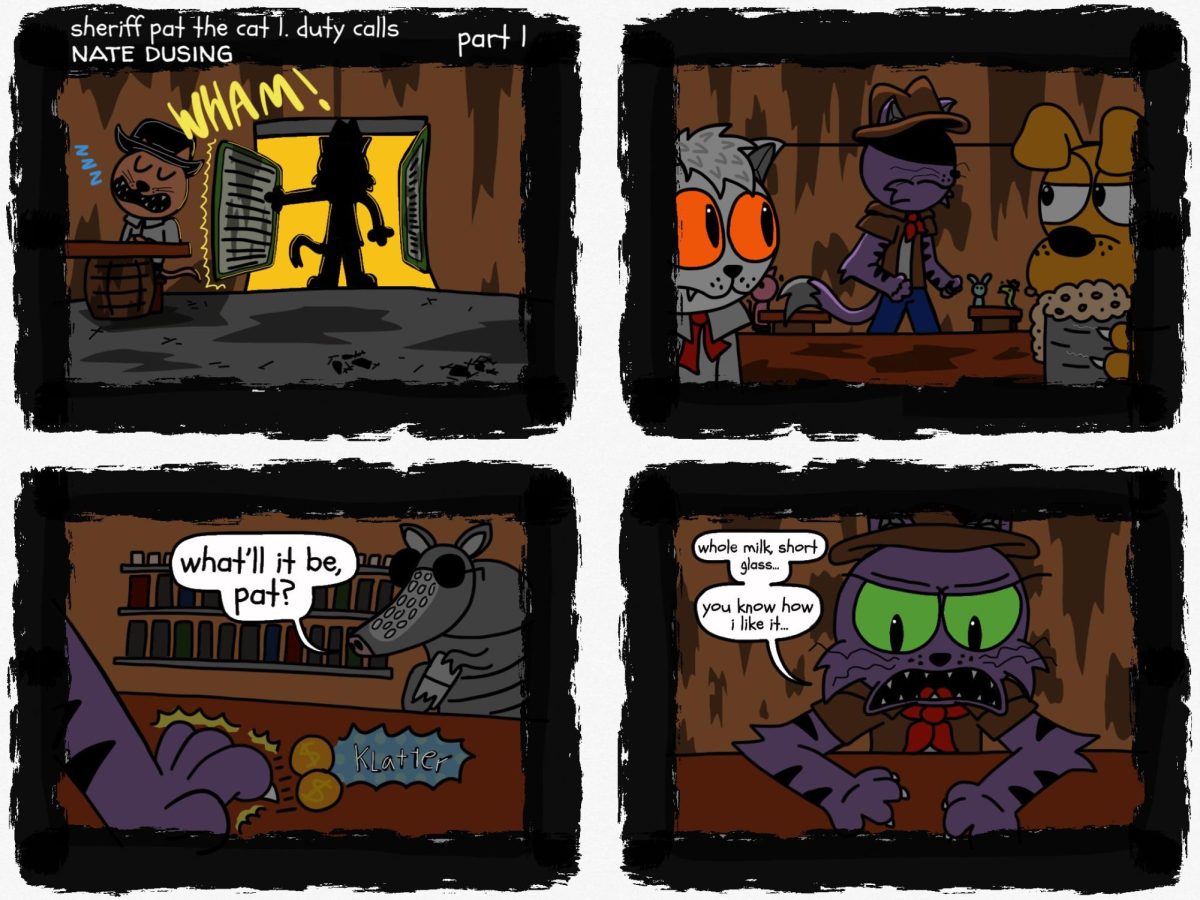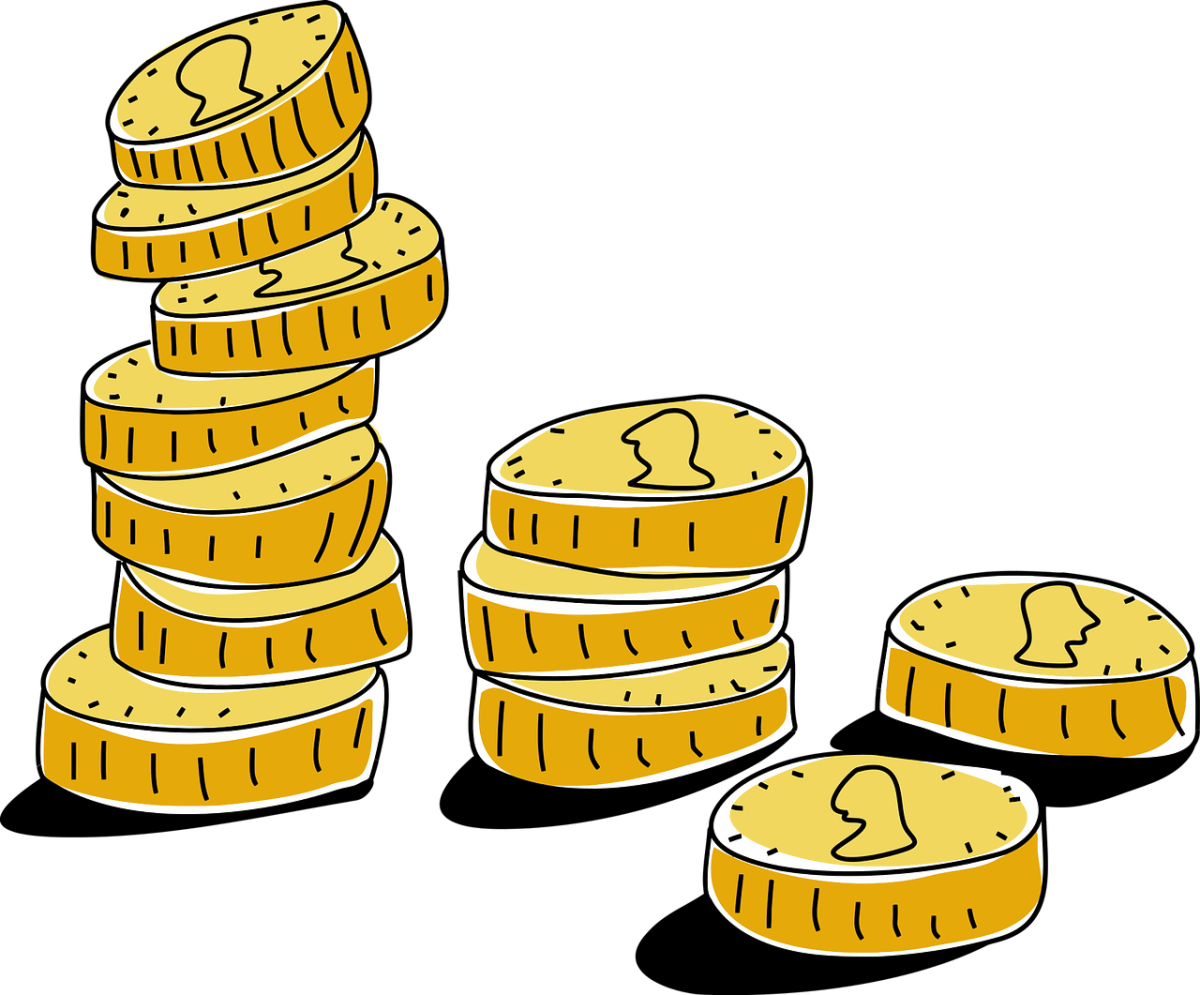The death of Joseph Stalin in 1953 marked a turning point in the history of the Soviet Union. This article explores the period following Stalin’s demise, examining the significant political, economic, and social changes that unfolded. The Soviet Union embarked on a journey of destalinization, reevaluating its policies, fostering internal reforms, and experiencing a wave of societal transformations. This post-Stalin era was characterized by shifts in leadership, economic restructuring, cultural shifts, and the emergence of new geopolitical dynamics. If we delve into these aspects, we gain a comprehensive understanding of the Soviet Union’s trajectory during this transformative period.
With Stalin’s death, a power vacuum emerged within the Soviet leadership, setting the stage for a succession struggle. Ultimately, Nikita Khrushchev emerged as the new First Secretary of the Communist Party, and by 1955, he had became the Premier of the Soviet Union. Khrushchev’s leadership marked a departure from the Stalinist era. He denounced Stalin’s cult of personality and initiated a process known as destalinization. This involved a critical reevaluation of Stalin’s policies, which led to the condemnation of Stalin’s purges and the rehabilitation of some of his victims. Khrushchev’s leadership style aimed for a more open and less repressive society, though it also faced its share of challenges. The post-Stalin era witnessed significant economic reforms aimed at modernizing and diversifying the Soviet economy. Khrushchev’s administration implemented the Virgin Lands Campaign, which sought to expand agricultural production by cultivating previously unused lands. This initiative, however, faced mixed success and revealed inherent flaws in the Soviet economic system. Recognizing the need for further reforms, Khrushchev launched the ambitious Seven-Year Plan in 1959, emphasizing the development of heavy industry, scientific research, and consumer goods production.
Despite some progress, the Soviet economy struggled to meet the rising expectations of the population. Central planning and bureaucratic inefficiencies hindered innovation and productivity. The economy experienced periodic crises, exposing the limitations of the Soviet economic model. Nevertheless, Khrushchev’s economic reforms laid the groundwork for subsequent developments and fostered a focus on technology and modernization. The post-Stalin era witnessed significant cultural shifts and societal transformations. Khrushchev’s leadership encouraged greater openness and cultural experimentation, leading to the emergence of a new generation of artists, writers, and filmmakers. This period witnessed the Khrushchev Thaw, often known simply as “the Thaw.” A relative relaxation of censorship and a more liberal atmosphere (compared to the Stalinist era) characterized this period.
Intellectuals and artists seized this opportunity to challenge Stalinist dogma and explore new themes. Writers such as Aleksandr Solzhenitsyn and Boris Pasternak gained international recognition for their works, which often depicted the hardships and contradictions of Soviet society. Furthermore, the post-Stalin era witnessed a gradual improvement in living standards, with a greater emphasis on consumer goods production. The state aimed to provide better housing, healthcare, and education to its citizens. However, despite these efforts, economic disparities persisted, particularly between urban and rural areas. The post-Stalin era also saw shifts in Soviet foreign policy and geopolitical dynamics. Khrushchev pursued a policy of peaceful coexistence with the West, seeking to reduce tensions between the Soviet Union and the United States. This approach manifested in the 1962 Cuban Missile Crisis, a tense confrontation that nearly led to a nuclear war. However, it also led to significant arms control agreements, such as the Limited Test Ban Treaty of 1963.
Additionally, Khrushchev’s administration focused on expanding Soviet influence in the developing world through support for national liberation movements and alliances with socialist states. The Soviet Union became a prominent player in the Cold War, engaging in proxy conflicts and supporting communist regimes in various regions, including Cuba, Vietnam, and Africa.
The post-Stalin era in the Soviet Union witnessed a period of significant political, economic, and social transformation. Under the leadership of Nikita Khrushchev, the country embarked on a process of destalinization, fostering openness, and initiating reforms. Although challenges and limitations persisted, the post-Stalin era marked a departure from the oppressive Stalinist regime and set the stage for subsequent developments in the Soviet Union. The impact of this era reverberated through subsequent Soviet leaders, contributing to the complex legacy of the Soviet Union as it navigated the evolving dynamics of the Cold War and underwent further transformations in the decades that followed.
